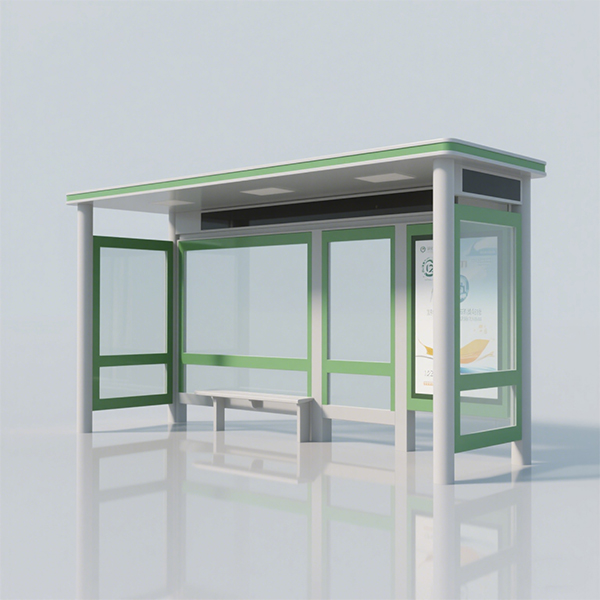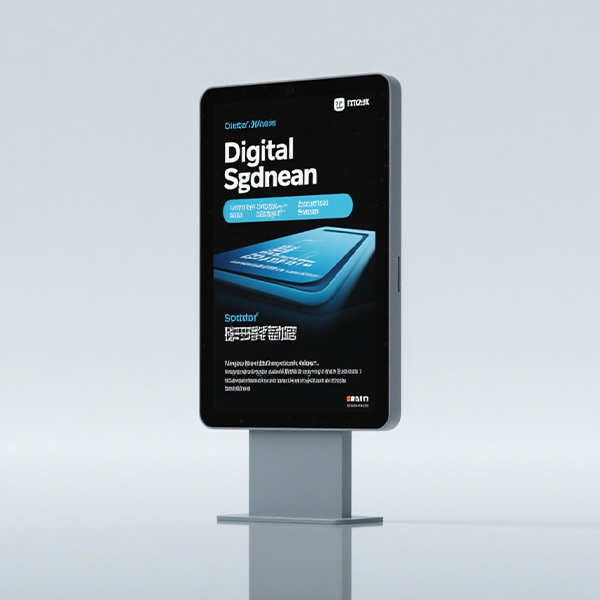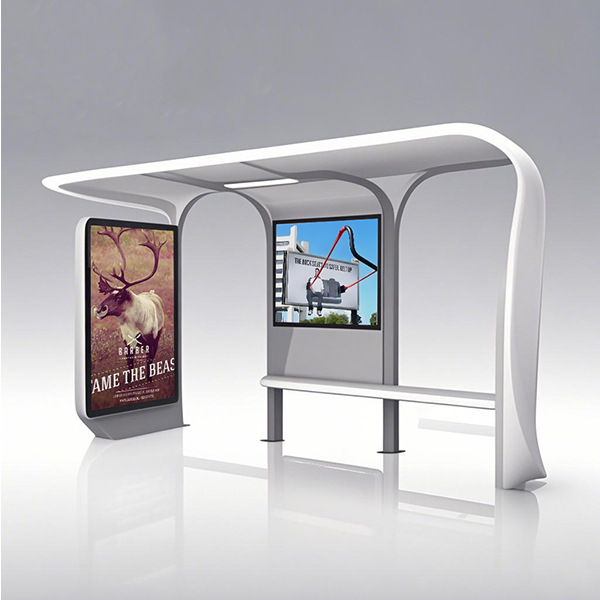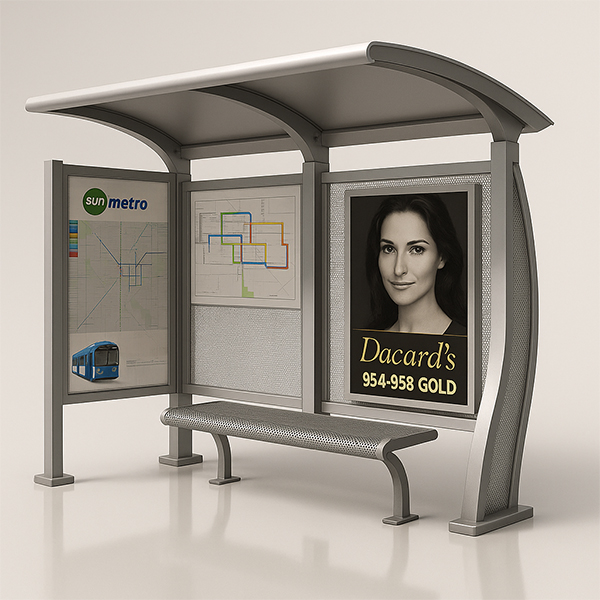
Bus Shelter for Hot Climates
This guide provides comprehensive advice on selecting and installing bus shelters for hot climates, considering factors like materials, design, ventilation, and sustainability. We'll explore various options and highlight key features to ensure passenger comfort and longevity in challenging weather conditions. Learn how to create a welcoming and functional public transit space even in extreme heat.
Understanding the Challenges of Hot Climates
Extreme Temperatures and Solar Radiation
Bus shelters for hot climates must withstand intense solar radiation and high ambient temperatures. Materials should be chosen for their ability to reflect heat and minimize temperature build-up inside the shelter. Consider factors like solar absorptance and thermal conductivity when selecting materials. For instance, light-colored materials generally reflect more solar radiation than dark-colored ones. The selection of appropriate ventilation strategies is also crucial to mitigate the effects of direct sunlight.
Heat Stress and Passenger Comfort
Prolonged exposure to extreme heat can cause heat stress in passengers waiting at bus stops. A well-designed bus shelter for hot climates should prioritize passenger comfort by incorporating features such as adequate ventilation, shading, and potentially even cooling systems. The design should also consider airflow to create a more comfortable microclimate within the shelter itself. Proper shading, in particular, is essential for minimizing direct sunlight exposure.
Material Selection for Hot Climate Bus Shelters
Durable and Heat-Resistant Materials
The choice of materials significantly impacts the performance of a bus shelter for hot climates. Materials like aluminum, galvanized steel, and certain types of plastics offer good durability and resistance to high temperatures. However, it's crucial to consider the thermal properties of these materials. Aluminum, for example, has good reflectivity but can still transfer heat. Therefore, additional design elements for heat dissipation are often necessary.
Sustainable and Eco-Friendly Options
Sustainable materials, such as recycled aluminum or sustainably harvested wood (treated for weather resistance), are increasingly preferred for their environmental benefits. While these options might have slightly higher upfront costs, their long-term sustainability and reduced environmental impact can make them a worthwhile investment. The use of such materials can contribute to earning LEED certification for a transit project. Remember to always check product specifications from reputable suppliers like Shandong Luyi Public Facilities Co., Ltd. to ensure quality and longevity in harsh environments.
Design Features for Optimal Performance
Ventilation and Airflow
Effective ventilation is critical for mitigating heat build-up within the shelter. This can be achieved through strategically placed vents, louvers, or even the use of natural ventilation techniques. Design should consider prevailing wind directions to maximize natural airflow. The integration of high-performance ventilation systems may also be considered for superior climate control, especially in extremely hot environments.
Shading and Solar Control
Minimizing direct sunlight exposure is crucial. Overhangs, strategically placed shading structures, or the use of perforated panels can significantly reduce solar heat gain. The design should aim to provide ample shade throughout the day, considering the position of the sun at different times. Green walls can also provide a natural cooling effect. Careful consideration of these shading strategies can have a significant impact on the overall passenger comfort.
Choosing the Right Bus Shelter: A Comparison
| Feature | Aluminum Shelter | Steel Shelter | Composite Shelter |
|---|---|---|---|
| Heat Resistance | Good | Moderate | Excellent |
| Durability | Excellent | Excellent | Good |
| Maintenance | Low | Moderate | Low |
| Cost | Moderate | Moderate | High |
Conclusion
Selecting the right bus shelter for hot climates requires careful consideration of various factors. By prioritizing materials, design features, and sustainability, you can create a comfortable and functional waiting area for passengers, even in extreme heat conditions. Remember to consult with experienced suppliers like Shandong Luyi Public Facilities Co., Ltd. to ensure you choose a shelter that meets your specific needs and environmental conditions.
Соответствующая продукция
Соответствующая продукция
Самые продаваемые продукты
Самые продаваемые продукты-
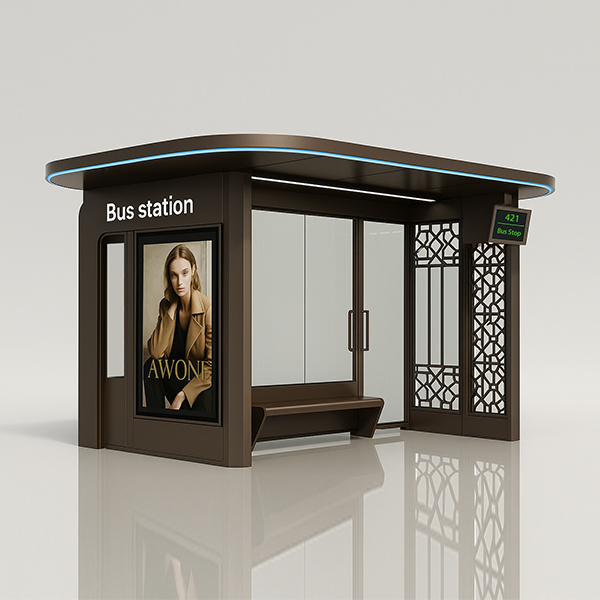 Modern Design Bus Station
Modern Design Bus Station -
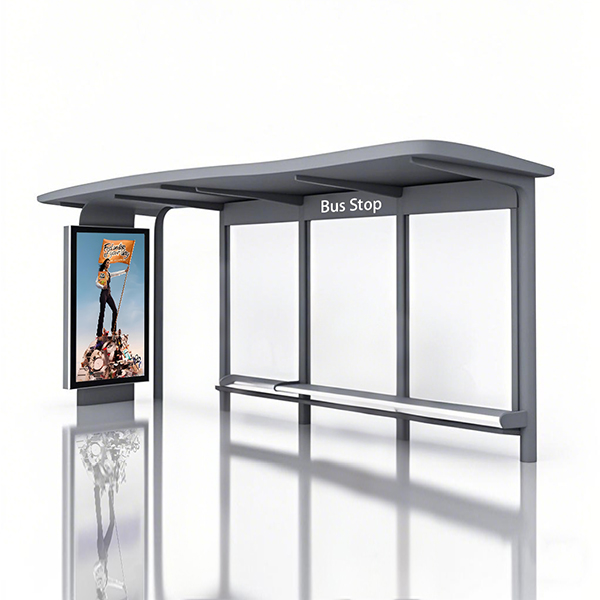 Single Light Box Bus Stop
Single Light Box Bus Stop -
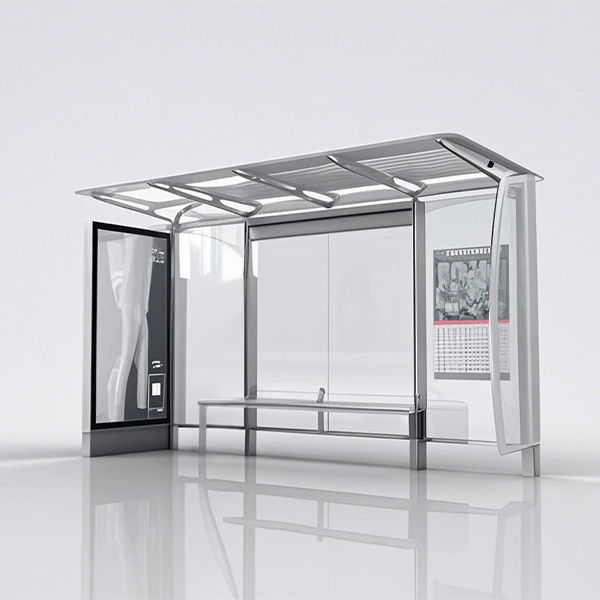 Stainless Steel Bus Shelter
Stainless Steel Bus Shelter -
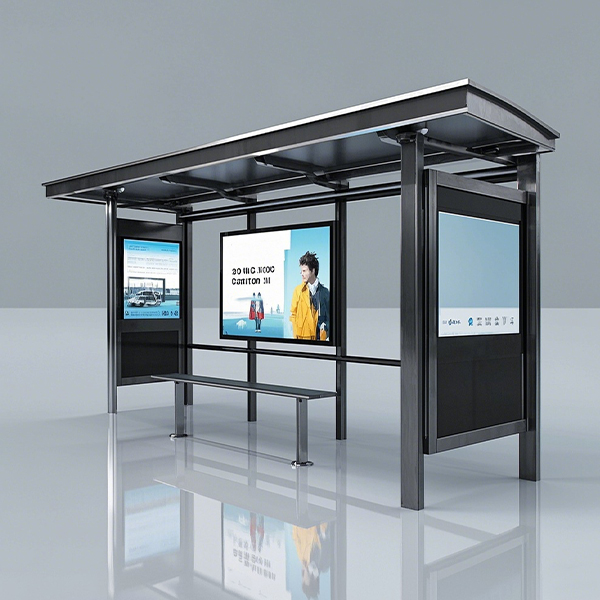 Three Advertising Box Bus Stop Shelter
Three Advertising Box Bus Stop Shelter -
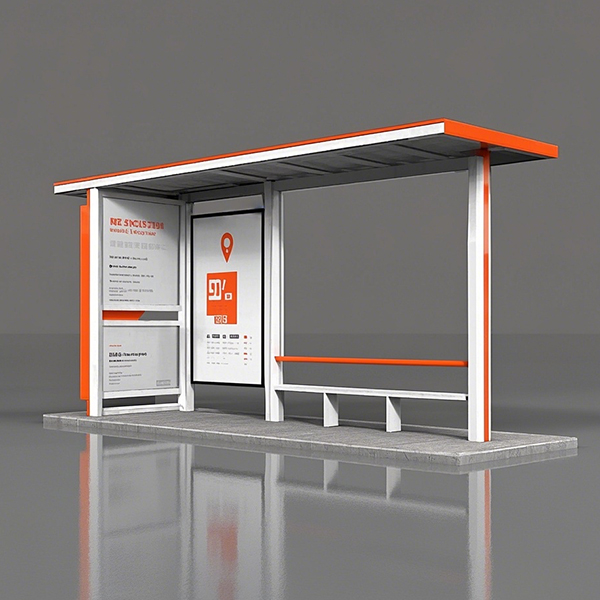 Simple Bus Shelter
Simple Bus Shelter -
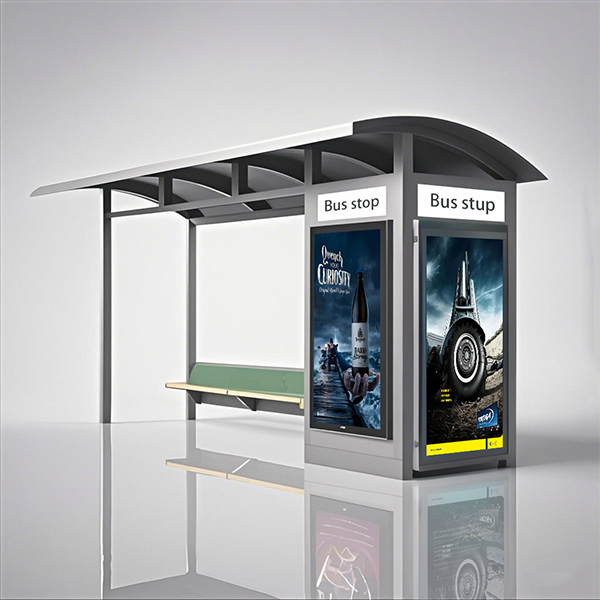 Advertising Bus Stop
Advertising Bus Stop -
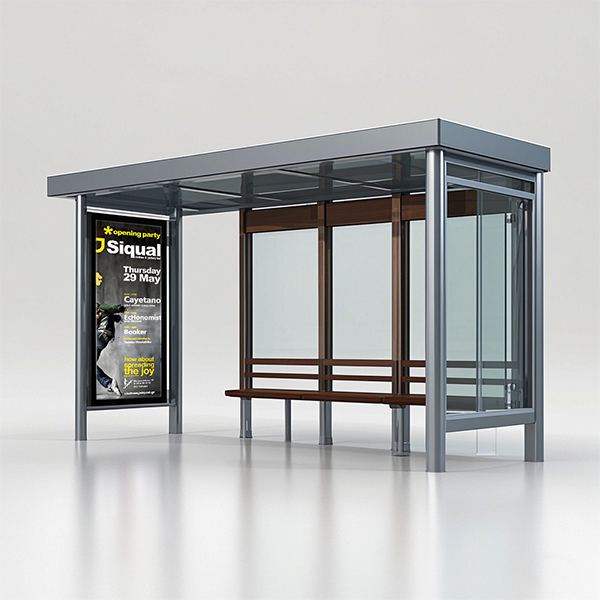 Semi-enclosed Bus Stop
Semi-enclosed Bus Stop -
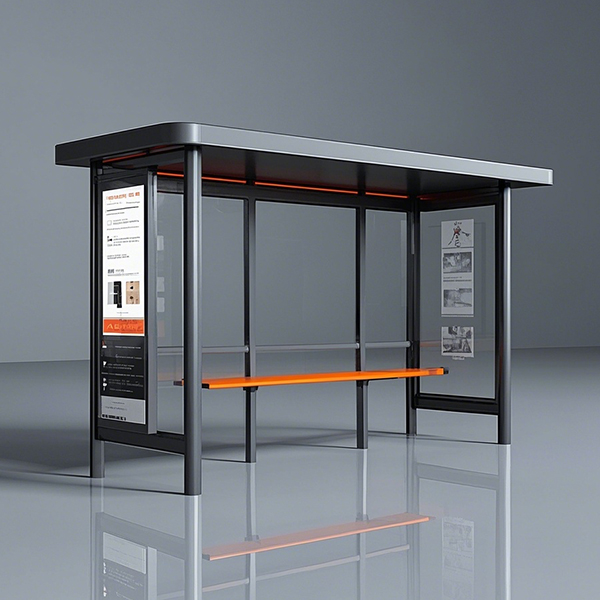 Semi-enclosed Bus Stop
Semi-enclosed Bus Stop -
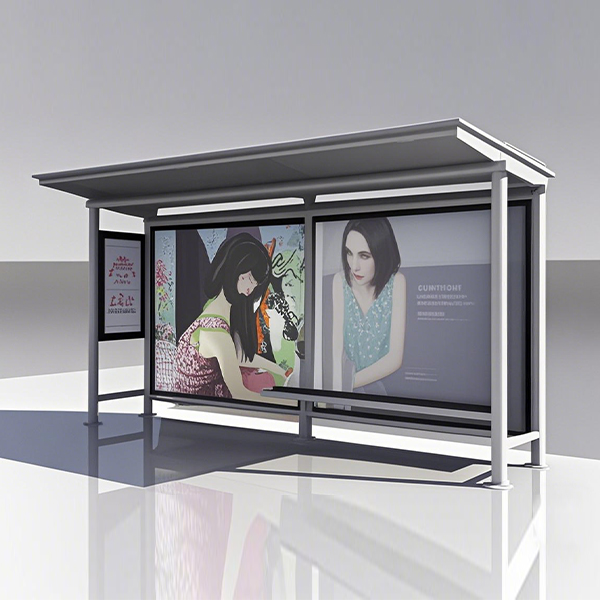 Large Format Advertising Box Bus Shelter
Large Format Advertising Box Bus Shelter -
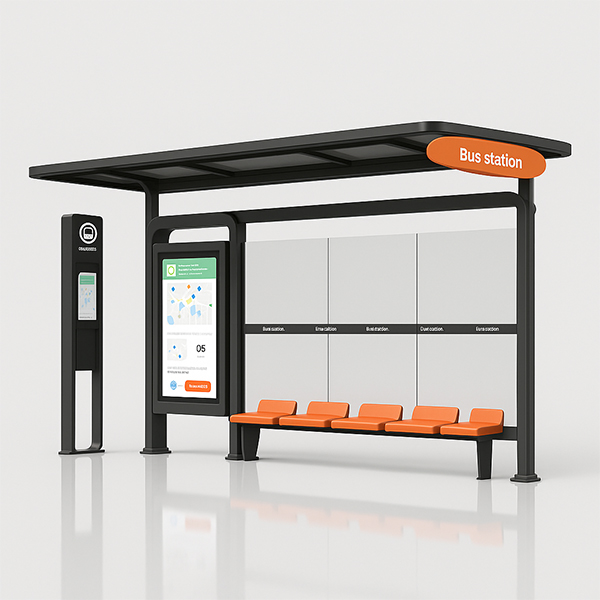 Smart Bus Station
Smart Bus Station -
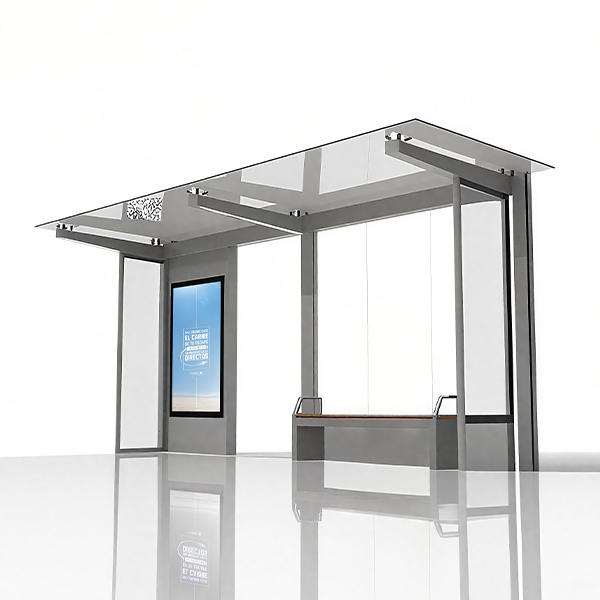 Glass Roof Bus Shelter
Glass Roof Bus Shelter -
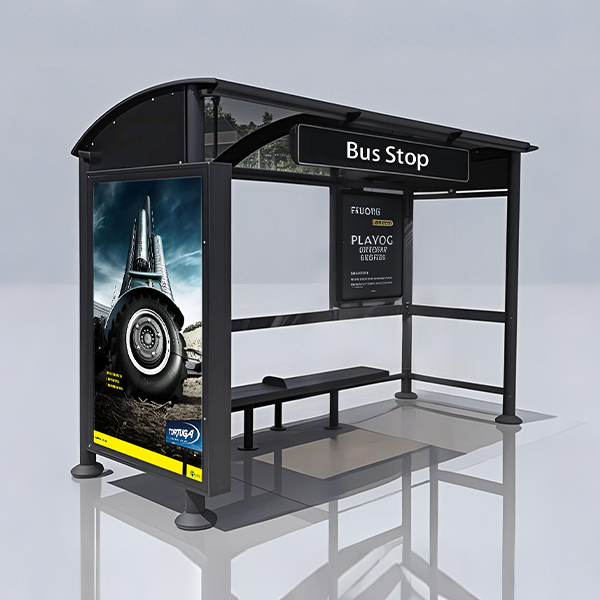 Curved Shed Bus Stop
Curved Shed Bus Stop







